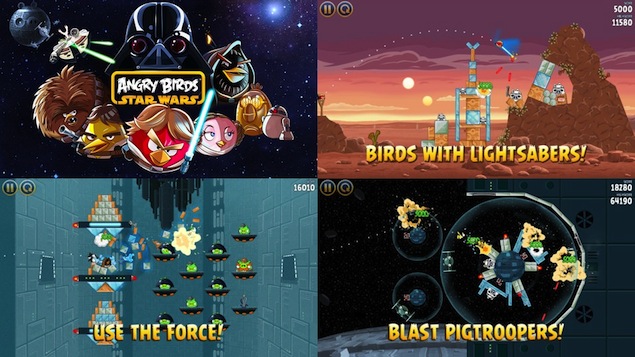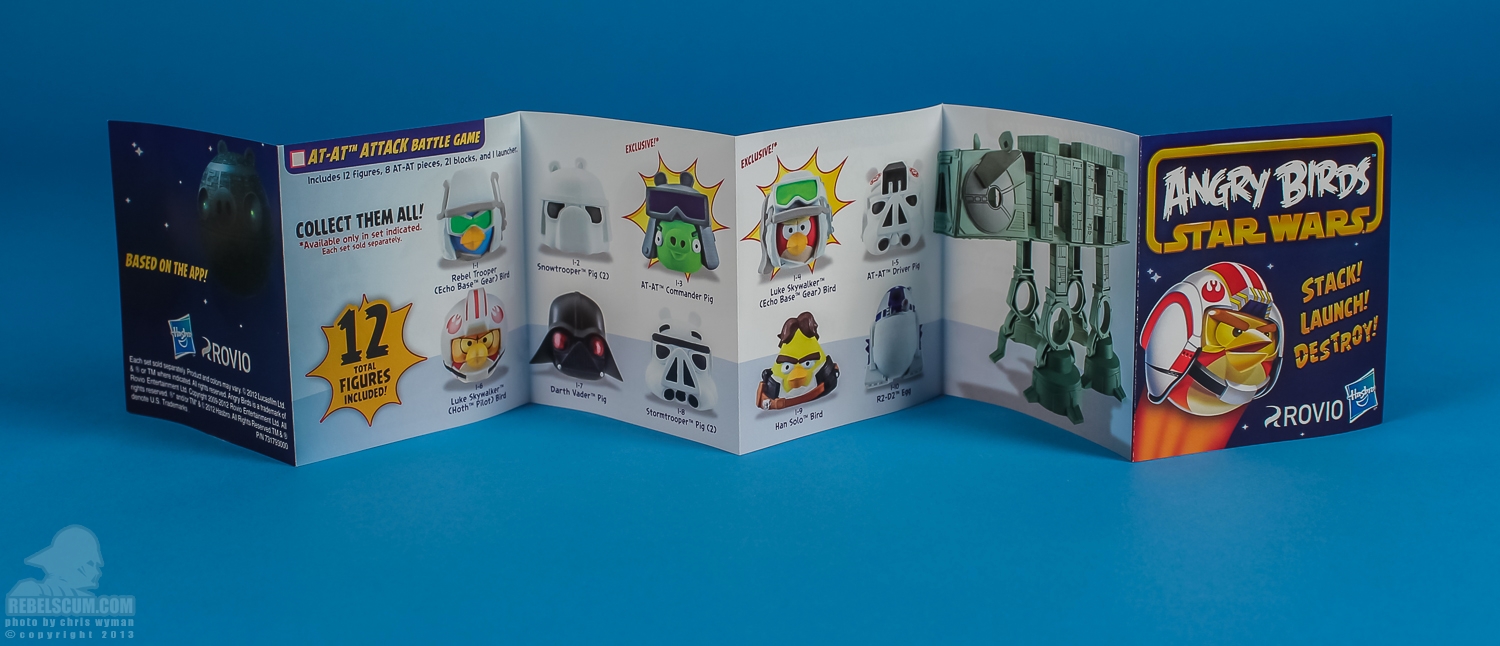


Peak Angry Birds excitement has, of course, since passed, but, for a moment, it locked into the world’s desire for something.
ANGRY BIRDS ATAT TV
There are toys, cookbooks, licensed snacks, a theme parks, and TV shows. Now, there’s more than two dozen Angry Birds games. Angry Birds the game became Angry Birds the franchise. The mobile game industry still has its non-believers (ahem, “hardcore” gamers), but Angry Birds was a lesson in how a game could transcend its platform. Success on the iOS App Store (and on other mobile platforms) demonstrated how powerful a mobile game could be. (There are downsides to this, too, though: Apple has sole discretion on what appeared on the store.) More importantly, it reduced the friction of player’s spending money and game makers collecting data, both of which were (and continue to be) equally important to the market. It made finding new games to play easy, curated choices added often. The iOS App Store, released in 2008, put everything - even third party apps - in a single storefront, one that all iPhone users had access to. Heijari said the game’s success inspired developers “to focus on the mobile platform.” How the iPhone changed mobile games in the 2010s A lot of people bought it without thinking.
ANGRY BIRDS ATAT PORTABLE
Credit the 99 cent price tag, a revelation when most portable games still cost $30. Angry Birds designer Jaakko Iisalo said the game was out for three months before it got featured on the iOS App Store - “suddenly the game went viral,” he wrote in The Guardian in 2016. That is something that has remained at the core of mobile gaming - these intuitive, instantly engaging game experiences.”Īngry Birds was released in December 2009, a release date that sets it just barely outside of this decade, but we can’t ignore its influence over the past 10 years. “ Angry Birds really embraced the touch-based nature of new smart devices and presented players with bite-sized gameplay experiences that could be picked up easily. “At the time of Angry Bird’s release, developers were still exploring what kind of games would suit the mobile platform,” Rovio chief marketing officer Ville Heijari told Polygon. Before there was Untitled Goose Game’s mischievous goose, wingless birds were the devious ones. Plus, it had a slapstick humor that appealed to a wide audience. The tactile feel - launching a bird by dragging and aiming a finger back as if the player was operating a slingshot - made it easy to play and hard to master, with levels scaling up as players made progress. Angry Birds got to smartphones first with its flashy, fun iteration on Crush the Castle, and the iconic birds stuck.Īngry Birds just worked on the iPhone, thanks to easy controls. It’s visuals were lacking, though it was bland and dark, with a generic medieval aesthetic. Crush the Castle made its iOS debut in 2010, after Angry Birds, but despite delivering on a unique idea - the flinging mechanic, with its precise, tactile controls.
ANGRY BIRDS ATAT HOW TO
Smartphones were still new technology, and game makers were figuring out how to create for touchscreens and cater to an audience eager software that showcased their expensive new investments. Eight months later, Finnish developer Rovio Entertainment released the birds-vs-pigs game - a similar premise to Crush the Castle, wherein birds fling themselves at increasingly complex structures, knocking out pigs in the process. It came out in April 2009 to little fan-fare.


Crush the Castle is a physics-based Flash game from Armor Games, where players fling rocks at ramshackle castles on the brink of tipping over.


 0 kommentar(er)
0 kommentar(er)
